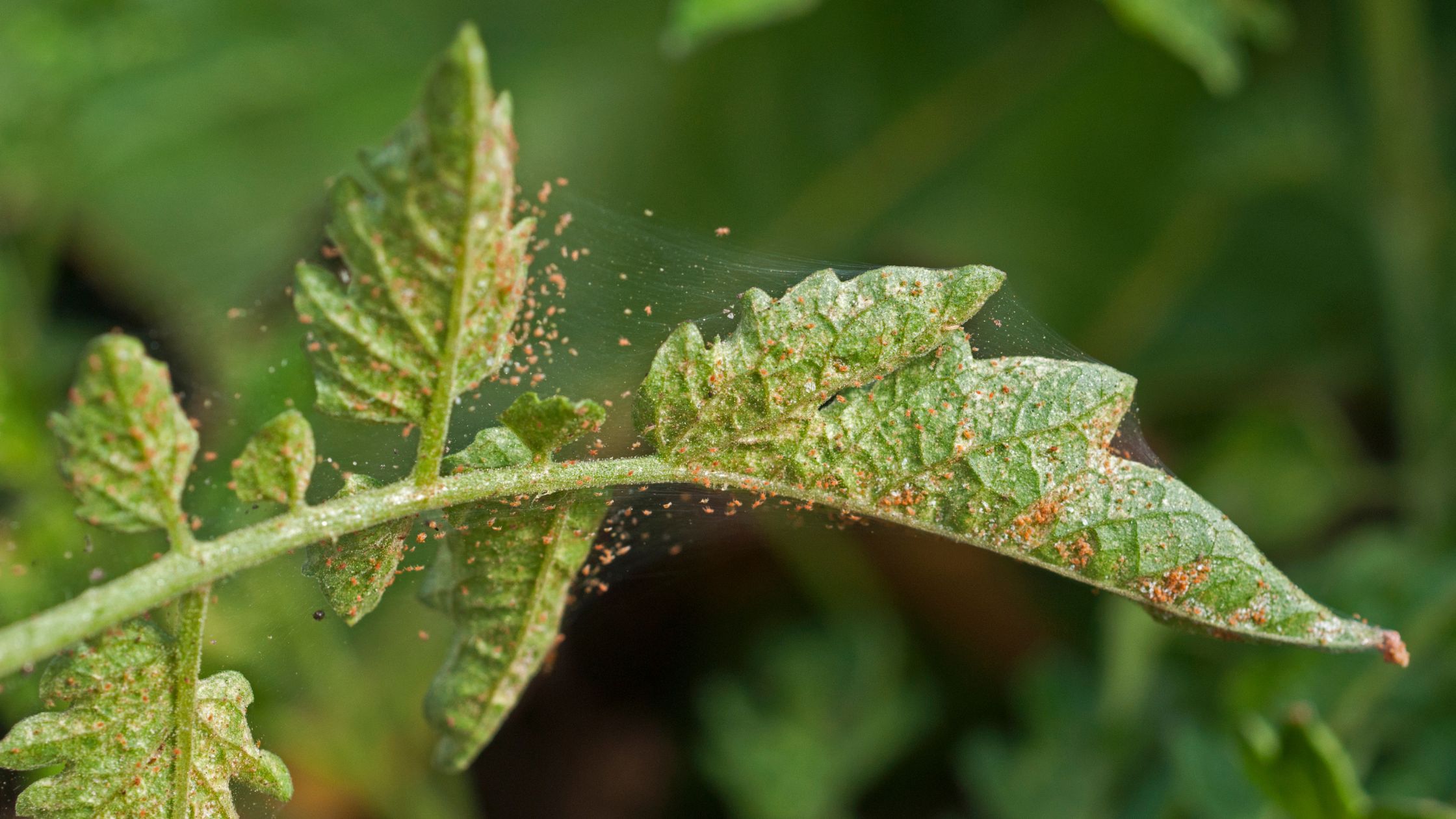Pests are every indoor gardener’s nightmare. They can impair the growth of plants, reduce the harvest and, in the worst case, even lead to total loss. But don’t panic! With the right knowledge and effective methods, you can successfully combat pests and keep your plants healthy. In this article, we will introduce you to the most common pests in indoor growing and give you tips on identification, control and prevention.
Common pests in indoor growing
1. spider mites:
Appearance: Tiny, spider-like creatures, often barely visible to the naked eye. They form fine webs on the plants.
Damage: Yellow spots on the leaves, wilting leaves, reduced growth.
Control: predatory mites (Phytoseiulus persimilis), neem oil, spider mite spray.
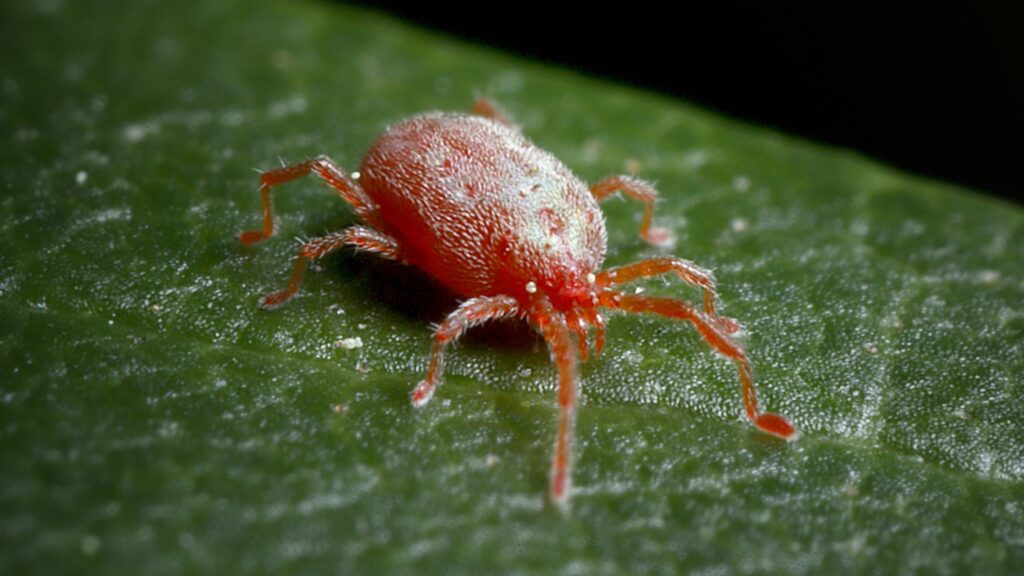
2. fungus gnats:
Appearance: Small, black midges that buzz around the plants. Their larvae live in the soil.
Damage: Root feeding by the larvae, wilting plants.
Control: Yellow stickers, nematodes, mosquito larvae tablets in the irrigation water.

3. aphids:
Appearance: Small, green, brown or black insects that suck on the leaves and stems.
Damage: Deformed leaves, sticky deposits (honeydew), reduced growth.
Control: ladybugs, lacewing larvae, neem oil, soft soap solution.
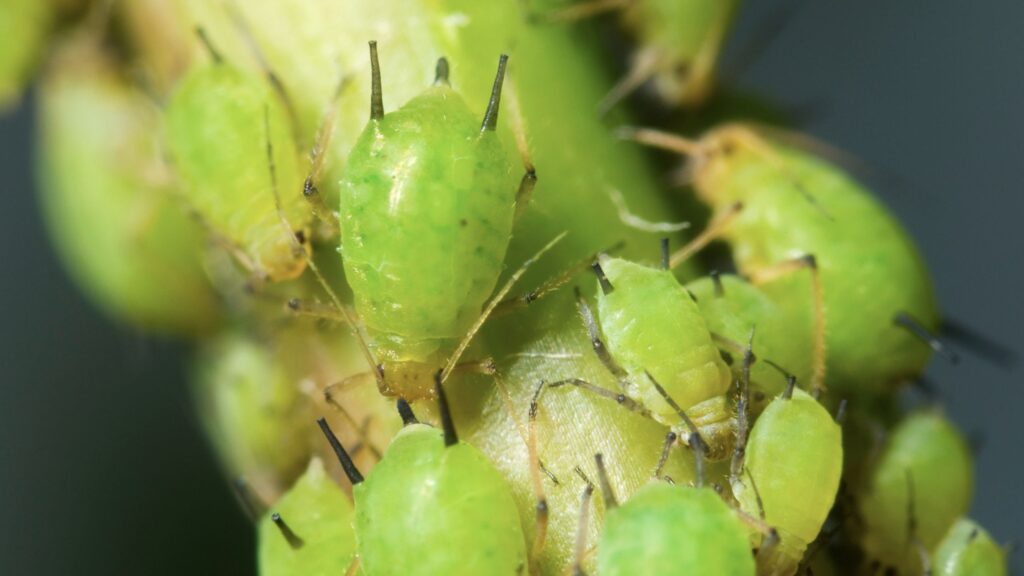
4. thrips:
Appearance: Very small, slender insects with fringed wings.
Damage: Silvery spots on the leaves, deformed leaves, reduced growth.
Control: predatory mites (Amblyseius cucumeris), neem oil, blue leaf.
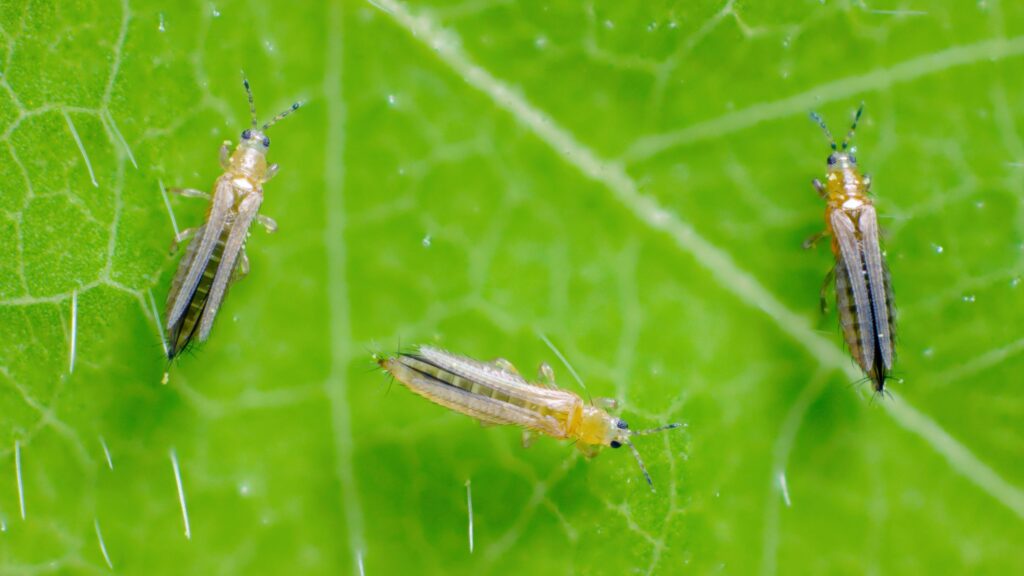
5. whitefly:
Appearance: Small, white flies that fly up when touched.
Damage: Yellow leaves, sticky deposits (honeydew), reduced growth.
Control: ichneumon wasps, yellow stickers, neem oil.
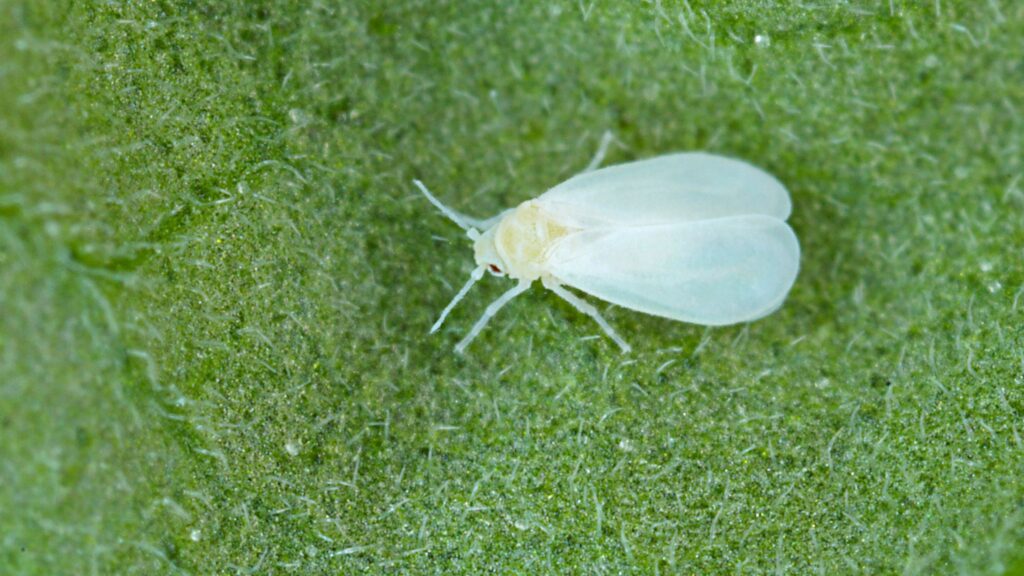
Recognize pests: Symptoms and diagnosis
Early detection of pests is crucial for successful control. Look out for the following symptoms:
- Changes to the leaves: discoloration, deformation, holes, spots.
- Reduced growth: The plants grow more slowly than usual.
- Wilted leaves: The leaves droop even though the plants have enough water.
- Sticky deposits: Honeydew on the leaves is a sign of aphids or whiteflies.
- Spider webs: Fine webs on the plants indicate spider mites.
- Insects: If you discover insects on the plants, examine them closely and identify the species.
Tip: Use a magnifying glass or microscope to take a closer look at the pests. This will make it easier for you to identify them.
Effective methods for pest control
1. biological control:
- Beneficial organisms: Use beneficial organisms such as predatory mites, ladybugs or parasitic wasps to control pests naturally.
- Microorganisms: Some bacteria and fungi are effective against certain pests.
2. plant strengthening agent:
- Neem oil: Neem oil is a natural plant oil that is effective against many pests.
- Soft soap solution: A solution of soft soap and water can be used against aphids and other insects.
- Garlic decoction: A garlic decoction can deter pests and promote plant growth.
3. mechanical control:
- Collecting: Collect the pests by hand.
- Rinse: Rinse the plants with water to remove the pests.
- Sticky traps: Yellow stickers or blue boards attract and catch flying insects.
4. chemical control:
- Insecticides: Insecticides should only be used in an emergency, as they can also harm beneficial insects. Make sure that you use a product approved for indoor cultivation and follow the application instructions exactly.
Prevention: avoid pests from the outset
Prevention is better than cure! You can minimize the risk of a pest infestation with the following measures:
- Hygiene: Keep the grow room clean and regularly remove dead plant parts.
- Quarantine: New plants should first be quarantined to ensure that they do not introduce any pests.
- Healthy plants: Healthy plants are more resistant to pests. Ensure optimal growing conditions and a balanced supply of nutrients.
- Promote beneficial organisms: Create a favorable environment for beneficial organisms in the grow room.
- Regular checks: Check the plants regularly for pests to detect an infestation at an early stage.
- Humidity and temperature: Ensure optimum humidity and temperature in the grow room to make it more difficult for pests to multiply.
- Air circulation: Good air circulation prevents waterlogging and makes it more difficult for pests to spread.
Conclusion
Pests in indoor growing are annoying, but no reason to despair. With the right knowledge and effective methods, you can successfully combat them. Pay attention to early detection, use biological control methods and take preventative measures to keep your plants healthy.
From 50€ purchase value
Get a 5€ discount!
Sign up for our newsletter and save on your next purchase!

